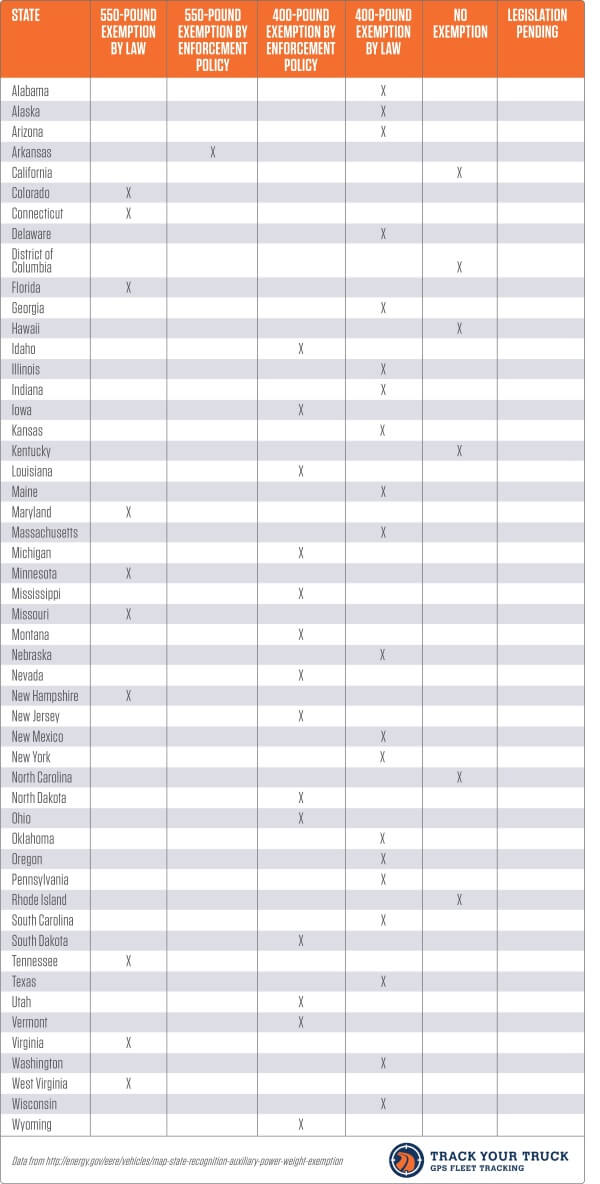The Questions You Should Ask When Buying a Fuel Additive
The fuel additive market is packed with products making bold claims about miraculous improvements to your fleet's performance. Everyone promises to...

Anyone in the Fleet or long-haul transportation field knows how tricky it is to balance issues regarding idling and fuel maintenance. APUs can be a useful tool for the trucker, provided you can get around some of the regulations. Today we have guest blogger Robert Hall to fill us in on the APU-related developments that will surely be of interest to fleets and truckers.
Auxiliary power units (APUs) are one of the best weapons truck drivers can have against wasting fuel. They make it possible to power a truck’s heating, air conditioning and other comfort systems without the need to keep the engine idling during rest stops. This can help drivers avoid wasting precious fuel, an important goal in itself.
APUs and Weight Restrictions
But APUs can present a different problem because of their weight. With an APU weighing several hundred pounds, they can push a truck hauling its maximum weight limit over the line into non-compliance, depending on where truckers were driving. APUs significantly reduced emissions and fuel consumption but ultimately were not practical in many cases because of their tendency to affect weight limits. So a potentially-advantageous add-on gets thwarted.
Recognizing the fuel efficiency and environmental benefits of APUs, the Federal Government took the step to increase the maximum gross weight limit and axle weight limit by 400 pounds on vehicles that were equipped with APUs or similar qualified idle-reduction technology. However, although this was signed into law by former President Bush as part of the Energy Policy Act of 2005, it was not accompanied by a mandate. The Federal Highway Authority said, after the signing, that state regulations on weight limits were still pre-eminent. So it didn’t really help the people it was intended to help. Although individual states began to adopt the new weight limits, the lack of a federal mandate led to confusion.
The situation was confused further in 2012 after former President Obama signed a new highway bill, MAP-21, which raised the federal weight exemption to 550 pounds, again without a federal mandate for states to adopt it. Nevertheless, some states have followed through with making the 550-pound exemption into state law. The result is a situation in which some states abide by the 550-pound exemption, some still follow the 400-pound exemption, and some still have no exemption at all.
For drivers with APUs it can be confusing, but the following chart should help make sense of it all. This state-by-state chart explains the current regulations regarding APU weight exemptions. However, be aware that state laws can change, so drivers and fleet professionals should always check weight allowances before traveling at or near the maximum weight capacity.

Author bio: Robert J. Hall is President of Track Your Truck, a leader in fleet tracking systems and software for small and midsized companies.

The fuel additive market is packed with products making bold claims about miraculous improvements to your fleet's performance. Everyone promises to...
It’s well known that gas mileage goes down in winter, partly because they change the composition of winter gas to make it more volatile and burn...
In the course of running a business or managing facilities, there’s often a tension between meeting regulatory requirements and pursuing the extra...